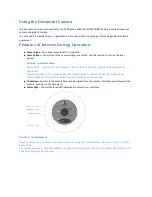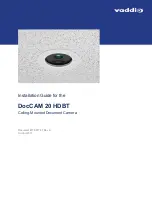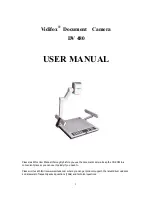
V1.02
Thom Hogan’s Complete Guide to the Nikon D300
Page 48
•
Get new cards.
If you don’t already have UDMA-enabled
CompactFlash cards, you should get some. Otherwise you
won’t get the full benefit of the D300’s speed.
•
Check your batteries and accessories.
The D300 can only
use the EN-EL3e battery, not the EN-EL3 or EN-EL3a used
in previous cameras. You may need to get some new
batteries. Likewise, the D300 uses the 10-pin connector
for remote releases, while some earlier cameras used IR or
special cable releases.
•
Get used to seeing everything.
Yes, everything. As in every
pixel being captured (100% viewfinder), every setting
(even ISO is shown in the viewfinder), and even the color
LCD is going to show you more (it’s easier to see if your
images are in focus when you zoom in on a playback
image).
•
Be prepared to learn new software.
Nikon View, Nikon
PictureProject, and Nikon Capture are all gone, replaced
by Nikon ViewNX and Nikon Capture NX, both of which
work differently than the previous versions.
But don’t worry too much. This eBook is going to step you
through every aspect of the D300 (and the software will be
addressed in the companion eBook you received on the CD).
The D300 Sensor
The key element of any digital camera is the image collection
device, called a sensor. In the case of the D300, that is a
slightly modified Sony IMX021 CMOS (
Complementary
Metal-Oxide Semiconductor
) sensor. In the case of the Nikon
D200, it was a Sony ICX483AQA sensor, a CCD (
Charge
Coupled Device
). While the D300 and D200 sensors are the
same in physical size and similar in resolution, much of the
image quality and other differences between the two are
explained by the CMOS versus CCD change.
Sensors all work in basically the same way: they have an
array of photosites that collect, store, and manage the light
hitting a sensor. A D300 has a rectangular grid of 4288x2848
















































